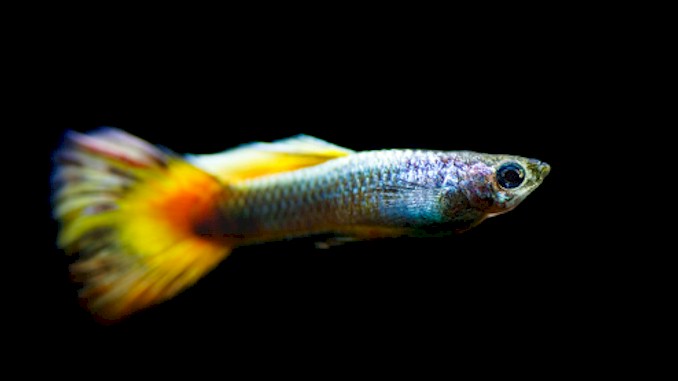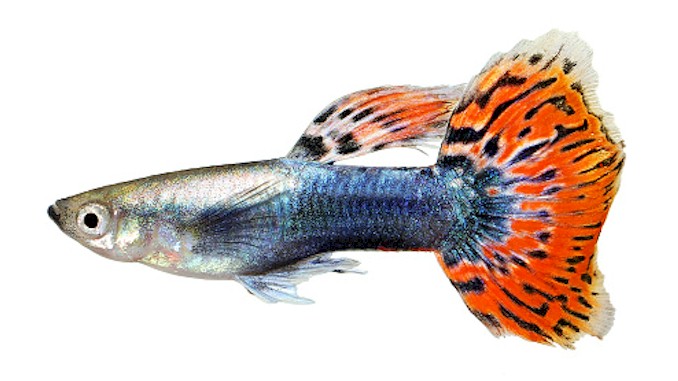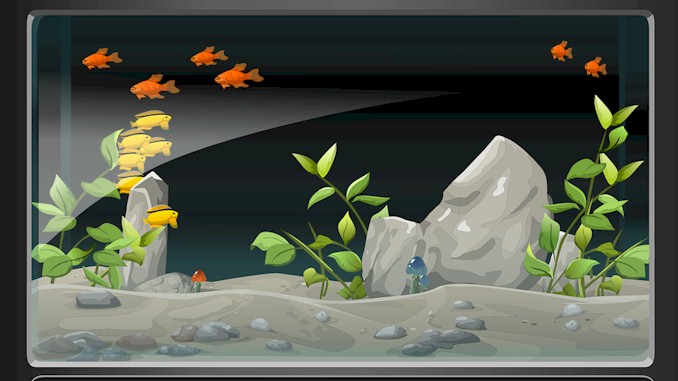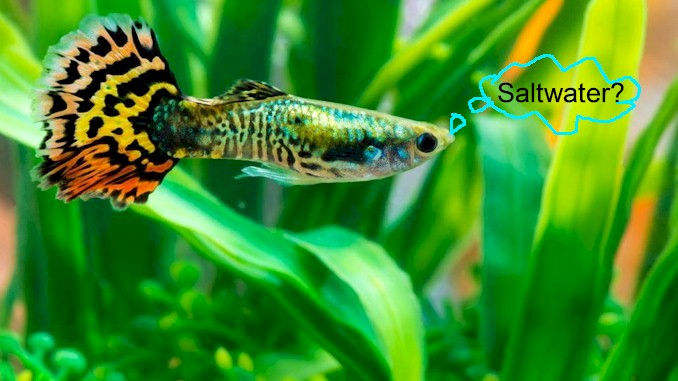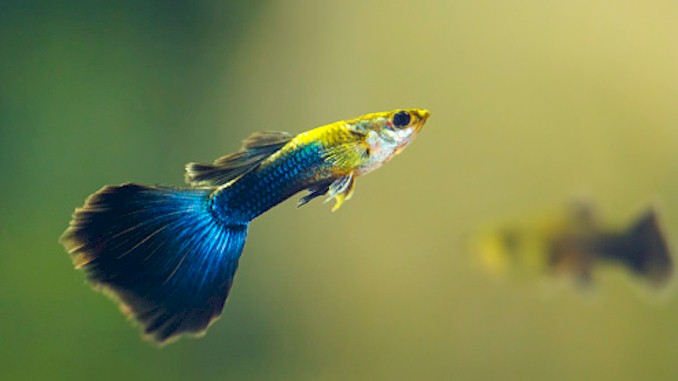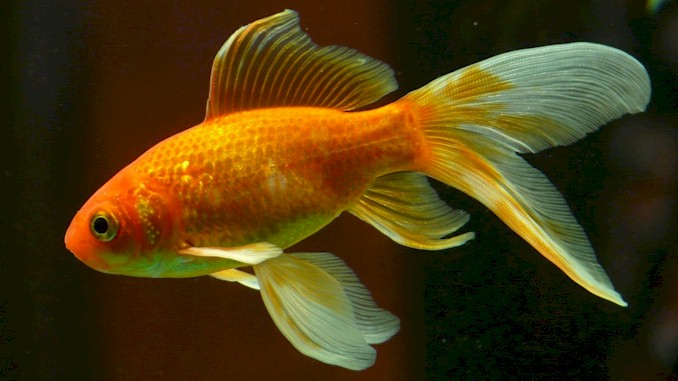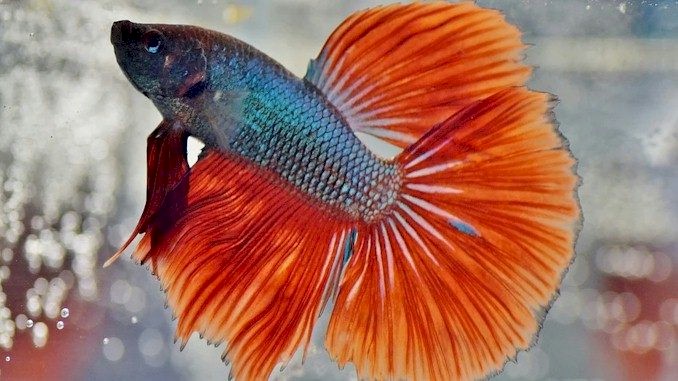Do Guppies Like Current: A Beginner’s Guide
If you are a guppy owner, you might wonder if your fish like current in their tank. Current is the movement of water caused by filters, pumps, or other devices. Some fish enjoy swimming in current, while others prefer still water. What about guppies? Do they like current or not? In this blog post, I will answer this question based on scientific research and personal experience. I will also explain how current affects guppies and how to create the best water conditions for them. By the end of this post, you will know how to make your guppies happy and healthy.
Guppies do not like current. Guppies are small freshwater fish that live in slow-moving or still water habitats, such as ponds, lakes, and rivers. Current can cause stress, exhaustion, injury, or death to guppies, as they are not strong swimmers and cannot escape the water flow. Therefore, guppies should be kept in tanks with gentle or no current.
You might wonder why current is bad for guppies and how to avoid it in your tank. You might also want to know how to create the optimal water conditions for your guppies, such as temperature, pH, hardness, and oxygen levels. In the following paragraphs, I will explain all these topics in detail and give you some practical tips and tricks to make your guppies thrive. So, keep reading and learn how to be a better guppy owner.
Why Current Is Bad for Guppies: The Science Behind It
You already know that guppies do not like current, but do you know why? Current is the movement of water caused by different factors, such as filters, pumps, air stones, or natural forces. Current can have various effects on fish, depending on their size, shape, speed, and adaptability. Some fish, such as salmon, trout, or tetras, are used to swimming in current and can benefit from it. However, guppies are not among them.
Guppies are small fish that have a torpedo-shaped body and a large mouth. They are not very fast or agile swimmers, and they cannot swim against the current. In the wild, guppies live in slow-moving or still water habitats, such as ponds, lakes, and rivers. They also prefer areas with rocks and plants that provide shelter and protection from predators and water flow. Guppies have evolved to suit these environments and have not developed the ability to cope with strong currents.
Current can have several negative impacts on guppies, such as:
- Stress: Current can cause stress to guppies, as they have to constantly struggle to maintain their position and balance in the water. Stress can lower their immunity and make them more prone to diseases and infections.
- Exhaustion: Current can also tire guppies, as they have to expend more energy to swim and breathe. Exhaustion can affect their growth, reproduction, and overall health.
- Injury: Current can also injure guppies, as they can be pushed against the tank walls, decorations, or other fish. Injury can lead to wounds, infections, or death.
- Death: Current can also kill guppies, as they can be sucked into the filter intake, trapped in the air stone bubbles, or suffocated by the lack of oxygen.
As you can see, current is bad for guppies and can harm them in many ways. That is why you should avoid it in your guppy tank and create a more suitable environment for your fish. In the next section, I will show you how to do that.
How to Reduce or Eliminate Current in Your Guppy Tank
Now that you know why current is bad for guppies, you might wonder how to reduce or eliminate it in your guppy tank. Fortunately, there are some simple and effective ways to do that, depending on the source and strength of the current. Here are some tips and tricks to help you create a more comfortable and safe environment for your guppies:
- Choose the right filter: Filters are essential for keeping the water clean and healthy, but they can also create a strong current if they are too powerful or not adjusted properly. You should choose a filter that is suitable for the size and capacity of your tank, and that has a gentle or adjustable flow rate. For example, you can use a sponge filter, an internal filter, or a hang-on-back filter with a flow control valve. You should also avoid using powerheads, wave makers, or undergravel filters, as they can create too much turbulence and suction in the water.
- Position the filter correctly: The position of the filter can also affect the current in your tank. You should place the filter near the surface of the water, and point the outlet towards the glass or the back wall of the tank. This way, the water will circulate along the sides of the tank, rather than across the middle, where your guppies usually swim. You should also avoid placing the filter near the corners or the bottom of the tank, as this can create dead spots or whirlpools in the water.
- Add some plants and decorations: Plants and decorations can also help to reduce or break up the current in your tank. They can act as barriers or baffles that slow down or divert the water flow, creating more calm and sheltered areas for your guppies. You can use live or artificial plants, such as java fern, anubias, hornwort, or water sprite, and place them near the filter outlet or along the sides of the tank. You can also use rocks, driftwood, caves, or ornaments, and arrange them in a way that creates hiding spots and resting places for your guppies.
- Use an air stone or a sponge: Another simple and cheap way to reduce the current in your tank is to use an air stone or a sponge. You can attach an air stone or a sponge to the filter outlet, and this will diffuse or soften the water flow, making it more gentle and dispersed. You can also use a rubber band or a zip tie to secure the air stone or the sponge to the filter. However, you should make sure that the air stone or the sponge is clean and does not clog the filter or reduce the filtration efficiency.
- Monitor the water flow: Finally, you should monitor the water flow in your tank and make sure that it is not too strong or too weak for your guppies. You can use a simple test to check the water flow: drop a small piece of food or a flake into the water and observe how it moves. If the food or the flake stays in one place or moves very slowly, the water flow is too weak. If the food or the flake moves very fast or gets sucked into the filter, the water flow is too strong. Ideally, the food or the flake should move at a moderate speed and follow a circular or horizontal path in the water. You can also observe your guppies and see how they behave. If they are swimming normally and comfortably, the water flow is fine. If they are struggling, hiding, or gasping, the water flow is too strong. You should adjust the filter, the plants, or the decorations accordingly, until you find the optimal water flow for your guppies.
What Is The Natural Habitat of Guppies
Guppies are native to the freshwaters of South America, primarily in the rivers and streams of Brazil, Guyana, Trinidad, and Venezuela. They are adapted to living in warm and slow-moving waters with abundant vegetation, such as creeks, swamps, and ponds. Guppies can also thrive in brackish water, which is a mixture of saltwater and freshwater, as they are able to tolerate a range of salinities. In their natural habitat, guppies are known for their ability to adapt to different environmental conditions, which has contributed to their popularity in the aquarium trade.
What Causes Current And Why Current Is Beneficial In An Aquarium
Current in an aquarium is caused by the movement of water, which can be generated by various factors, such as filtration systems, air pumps, or water pumps. Current can also be created by natural means, such as the movement of fish or the introduction of new water.
A gentle current in an aquarium is beneficial for a variety of reasons. Firstly, it promotes proper water circulation and oxygenation, which is essential for the health of fish and other aquatic organisms. It also helps to distribute heat and nutrients evenly throughout the tank, creating a more stable and healthy environment.
Additionally, a gentle current can encourage fish to exercise, which can help to prevent diseases and improve overall health. It can also prevent the formation of stagnant areas in the tank where harmful bacteria can grow.
Furthermore, a gentle current can enhance the natural beauty of the aquarium by creating a natural and dynamic environment. It can simulate the natural habitat of fish, making them feel more comfortable and at ease in their environment. Overall, creating a gentle current in an aquarium is an important factor in providing a healthy and stimulating environment for fish and other aquatic creatures.
How Much Current Should Guppies Have? What Are The Signs Of Too Much Current?
Guppies require a gentle current in their aquarium, mimicking the slow-moving waters of their natural habitat. The ideal current for guppies is typically considered to be around 4-8 inches per second.
It’s essential to avoid creating a current that is too strong, as this can exhaust guppies and make it difficult for them to swim. A strong current can also push guppies to the top of the tank, which can cause stress and discomfort.
On the other hand, too little current can lead to stagnant areas in the tank where harmful bacteria can grow, and nutrients and waste products can accumulate.
To achieve the ideal current for guppies, it’s important to choose the right equipment, such as a gentle water pump or air stone, and to adjust the flow rate accordingly. It’s also important to monitor the behavior of your guppies and adjust the current as needed to ensure their health and well-being.
If the current in your aquarium is too strong, you may notice some signs of stress or discomfort in your guppies. Here are some common signs of too much current in a guppy tank:
- Constantly Swimming Against the Current: If your guppies are constantly swimming against the current or struggling to swim, it’s a sign that the current is too strong for them. This can cause exhaustion and stress, leading to a weakened immune system and susceptibility to diseases.
- Difficulty Eating: Guppies may have difficulty eating in a tank with a strong current, as the food may be pushed around the tank too quickly. This can lead to malnourishment and a weakened immune system.
- Stress and Aggression: A strong current can cause stress and aggression in guppies, as they may feel threatened or uncomfortable in their environment. This can lead to fighting and injury among fish.
- Gasping for Air: If your guppies are gasping for air at the surface of the water, it may be a sign that the current is too strong and preventing them from getting enough oxygen.
- Torn or Damaged Fins: A strong current can cause damage to the fins of guppies, especially if they are constantly swimming against it. This can lead to infections and other health issues.
If you notice any of these signs in your guppy tank, it’s important to adjust the current to a gentler flow rate to ensure the health and well-being of your fish.
Conclusion
Providing an appropriate level of current is critical to your guppies’ health and well-being. A gentle current mimicking their natural habitat is ideal, while a strong current can cause stress, exhaustion, and even endanger their health. Keep a close eye on the water flow in your aquarium, invest in appropriate equipment, and regularly monitor your guppies’ behavior to ensure that they thrive in their environment.

